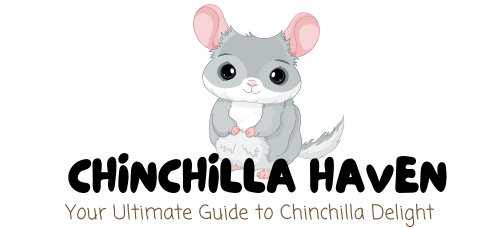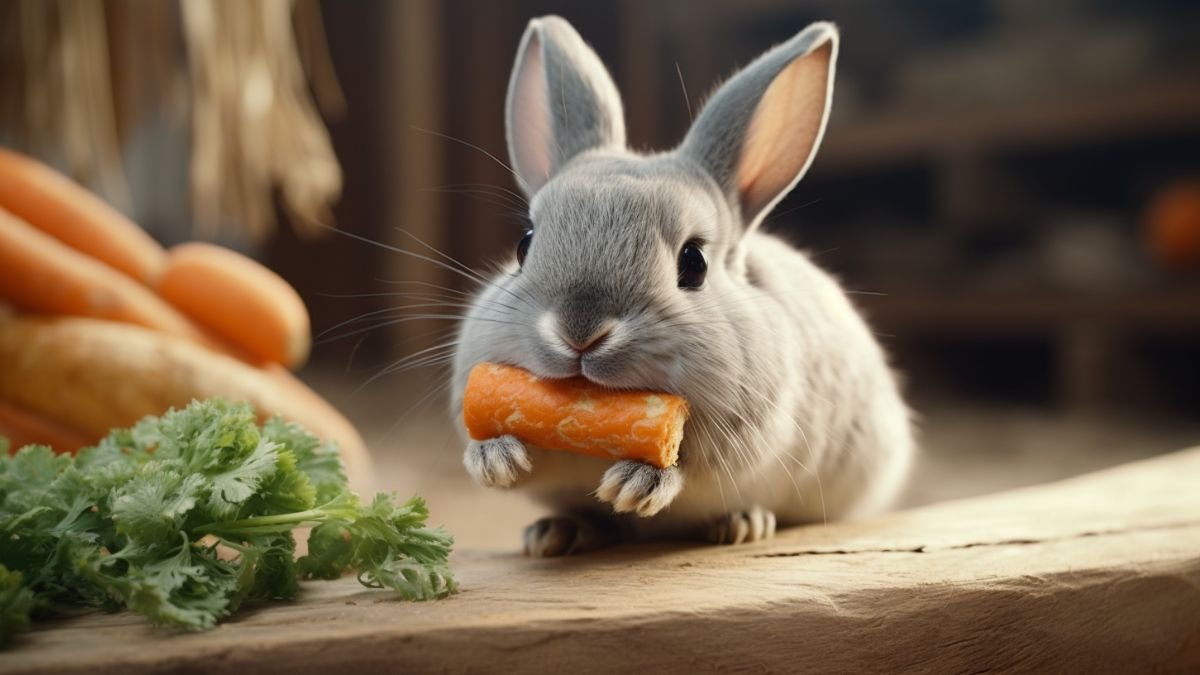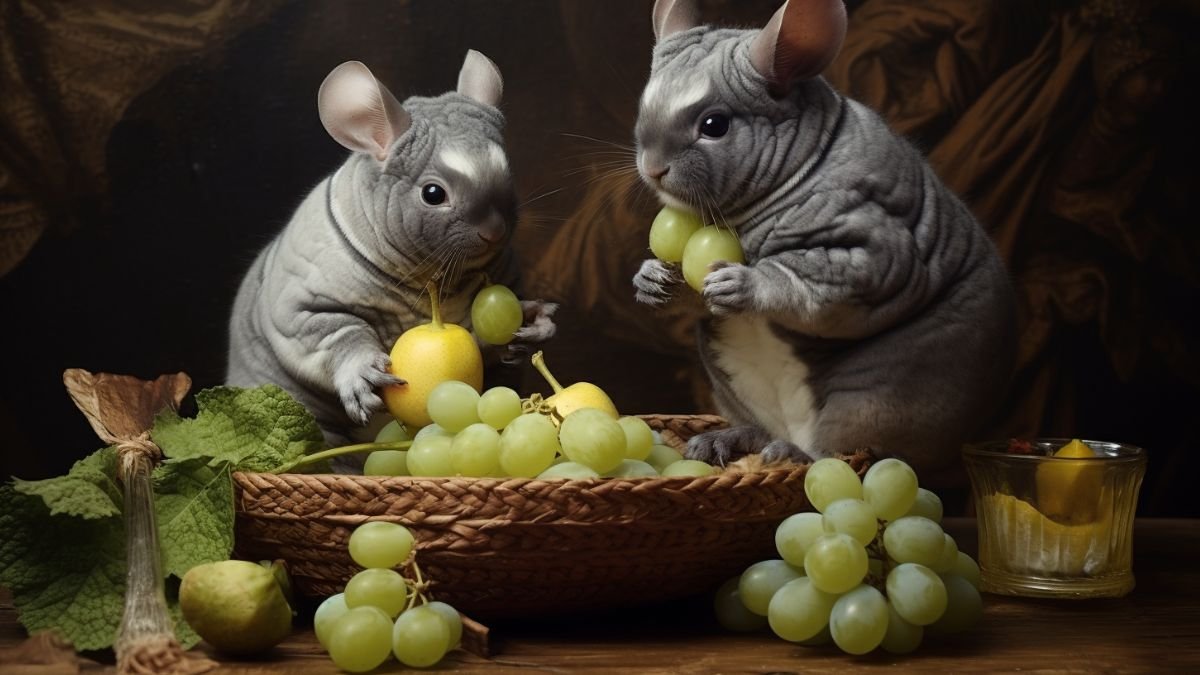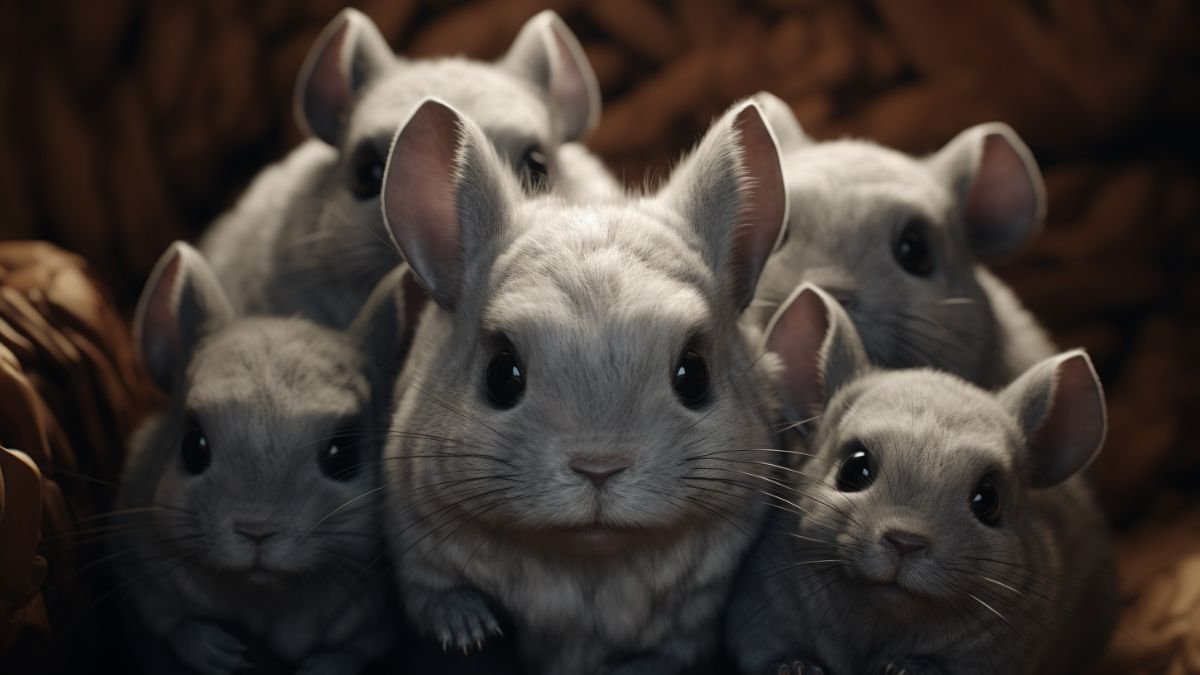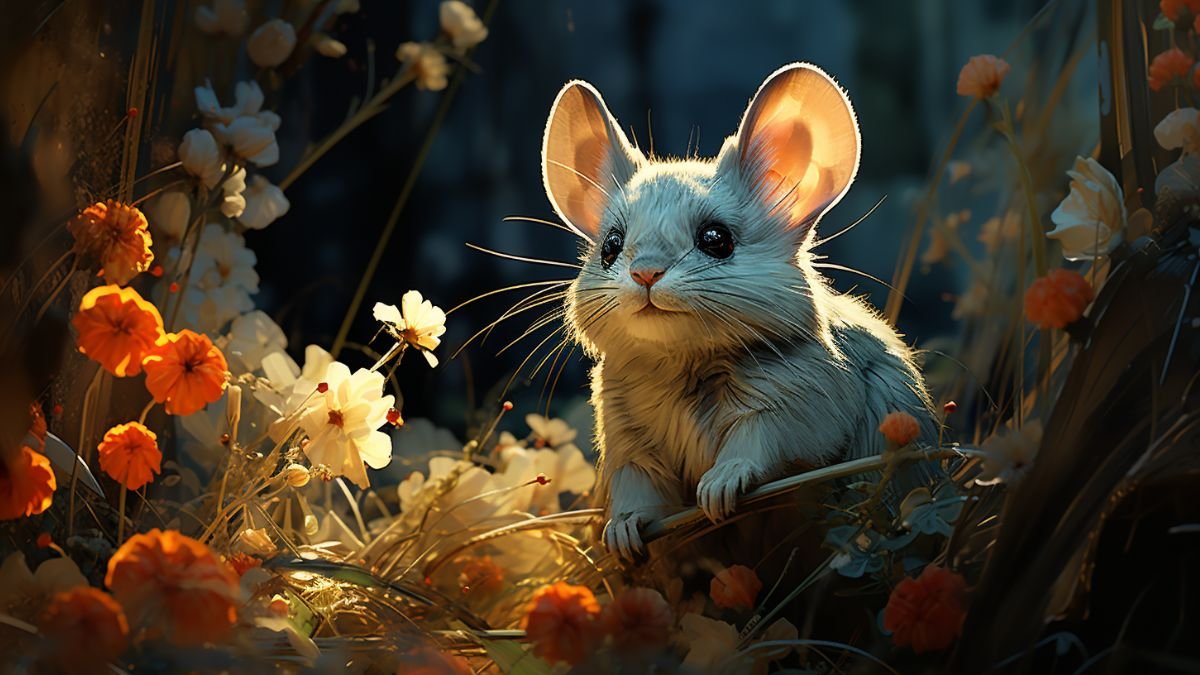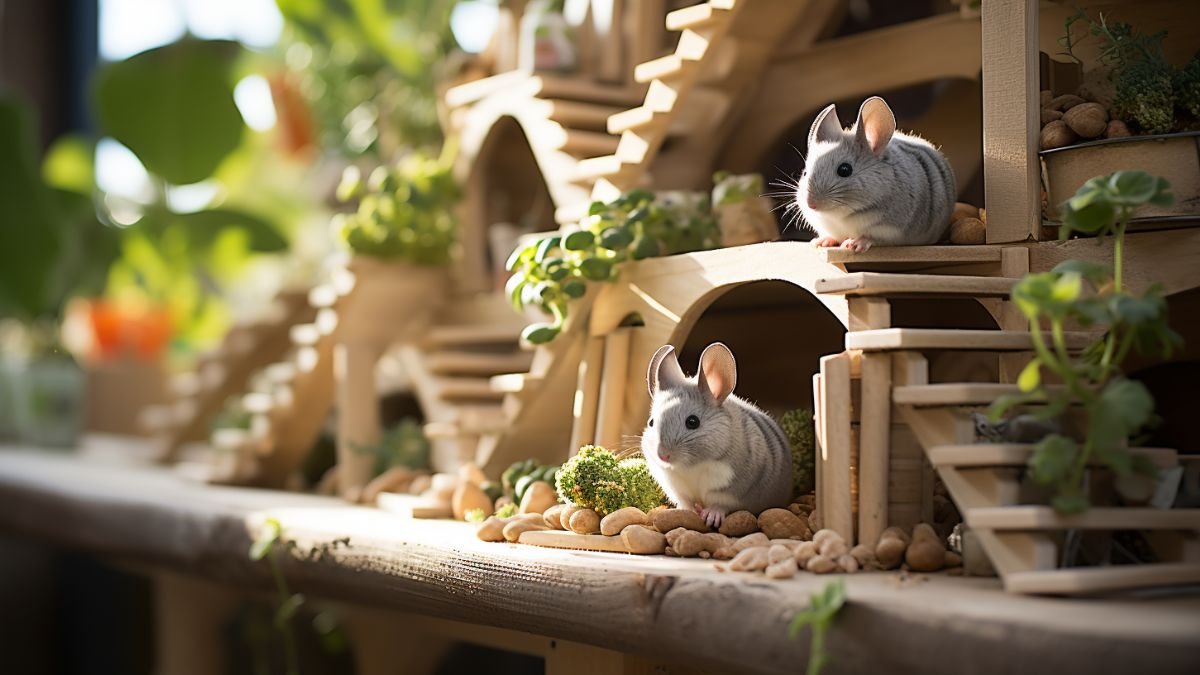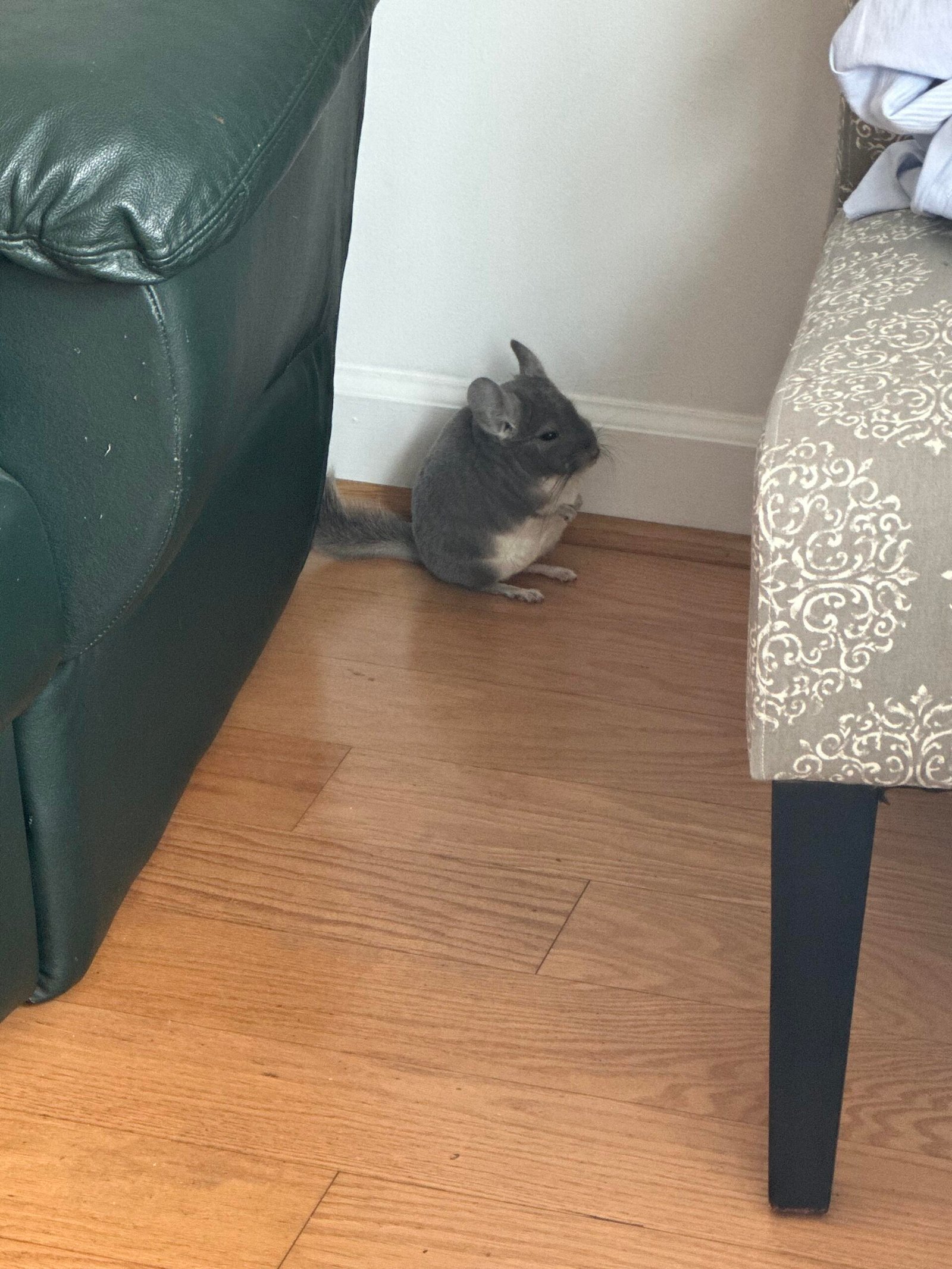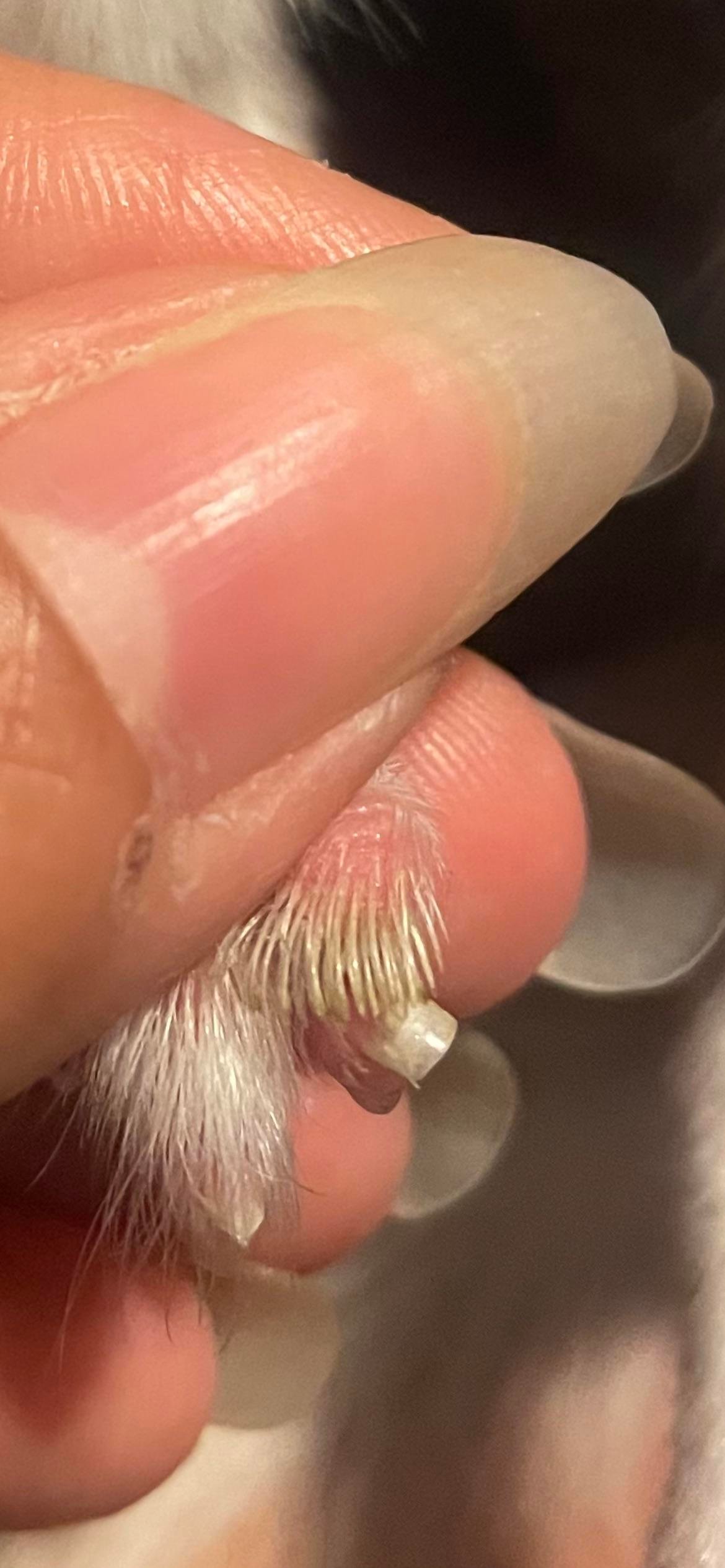
If you have a chinchilla, you know how important it is to keep your furry friend happy and healthy. One key part of their care is trimming their nails safely.
You might feel nervous about doing it yourself, worried about hurting your chinchilla or causing stress. But don’t worry—this guide will walk you through easy steps to trim your chinchilla’s nails with confidence. By the end, you’ll have the skills to keep your pet comfortable and safe, making nail care a simple and stress-free routine for both of you.
Keep reading to learn how!
Why Nail Care Matters
Proper nail care is essential for chinchillas. Their nails grow continuously and can become sharp or too long. Neglecting nail care may cause pain and injury to your pet. It can affect their movement and overall health.
Regular trimming keeps nails at a safe length. It prevents scratches on your chinchilla and your furniture. Healthy nails help your pet walk and climb comfortably. Nail care also reduces the risk of infections or nail breakage.
Prevents Overgrowth And Discomfort
Long nails can curl and dig into the paw pads. This causes discomfort and may lead to infections. Trimming stops nails from growing too long. It keeps your chinchilla comfortable and pain-free.
Protects Against Injuries
Sharp nails can accidentally scratch your chinchilla or you. Overgrown nails can catch on cage bars or bedding. This causes breaks or tears in the nails. Proper trimming reduces these risks and keeps your pet safe.
Supports Proper Movement
Chinchillas need to move, jump, and climb daily. Long nails can make movement difficult or painful. Keeping nails trimmed helps your chinchilla stay active. It supports their natural behaviors and muscle health.
Maintains Overall Health
Healthy nails indicate good care and hygiene. Nail problems can signal other health issues. Regular checks help spot problems early. This ensures your chinchilla stays happy and healthy.
Tools Needed For Trimming
Trimming a chinchilla’s nails needs the right tools. Using proper tools makes the process safe and easy. It helps avoid hurting your pet. Having all tools ready saves time and stress for both of you.
Gathering the correct items before starting is very important. Each tool has a special role to make trimming smooth and careful.
Sharp Nail Clippers
Choose small, sharp nail clippers made for pets. They cut nails cleanly without crushing. Avoid using human nail clippers; they can splinter chinchilla nails. Sharp clippers reduce the risk of pain and bleeding.
Styptic Powder
Keep styptic powder nearby. It stops bleeding quickly if you cut the nail too short. This powder is safe and easy to use. It helps calm your chinchilla after a small cut.
Soft Towel
Use a soft towel to hold your chinchilla gently. It keeps your pet calm and still. Wrapping the chinchilla lightly prevents sudden movements. This makes trimming faster and safer.
Good Lighting
Bright light is essential. It helps see the nail’s quick, the pink area with nerves and blood vessels. Clear view lowers the chance of cutting too deep. Natural daylight or a strong lamp works well.
Preparing Your Chinchilla
Start by gently holding your chinchilla to keep it calm. Check its nails carefully before trimming small bits. Use sharp nail clippers made for small pets to avoid hurting them.
Creating A Calm Environment
Start by choosing a quiet, comfortable room. Keep noise and distractions low. A calm space helps your chinchilla feel safe. Turn off loud devices and close doors. Soft lighting also makes a big difference.
Gathering All Necessary Tools
Collect nail clippers made for small pets. Have styptic powder ready to stop bleeding. Keep a towel nearby for gentle restraint. Preparing tools beforehand saves time and stress.
Getting Your Chinchilla Comfortable
Spend time petting and talking softly to your chinchilla. Let it sniff and explore the nail clippers. This reduces fear and builds trust. Hold your chinchilla gently to avoid sudden movements.
Choosing The Right Time
Pick a moment when your chinchilla is calm or sleepy. Avoid nail trimming after active play or feeding. A relaxed chinchilla stays still and cooperates better.

Credit: www.youtube.com
Best Time To Trim Nails
Nail trimming is best done during calm, quiet times when your chinchilla is relaxed. Avoid trimming right after play or feeding. Regular checks help keep nails short and prevent discomfort.
The Best Time Of Day
Choose a calm time when your chinchilla is relaxed. Early morning or late evening works well. Avoid trimming nails when your pet is very active.
After a nap is a good moment. Your chinchilla will be less likely to struggle.
Frequency Of Trimming
Trim nails every 4 to 6 weeks. Regular trimming prevents nails from becoming too long. Long nails can cause pain and injury.
Check nails often to know when trimming is needed. Watch for nails touching the floor or curling.
Signs Your Chinchilla Needs A Trim
If nails click on hard surfaces, it’s time to trim. Curved or sharp nails can hurt your chinchilla and you. Watch your pet’s behavior for signs of discomfort.
Notice if your chinchilla hesitates to climb or jump. This may show pain from long nails.
Step-by-step Trimming Guide
Trimming a chinchilla’s nails can be simple with the right steps. This guide shows how to do it safely and calmly. Follow each part carefully to avoid hurting your pet. Keep the experience stress-free for both you and your chinchilla.
Prepare Your Tools And Space
Gather small nail clippers made for pets. Use a clean towel to hold your chinchilla. Choose a quiet place with good light. This helps you see the nails clearly. Have styptic powder or cornstarch nearby for quick stops if needed.
Calm Your Chinchilla
Hold your chinchilla gently but firmly. Wrap it in a soft towel to stop sudden moves. Speak softly to keep your pet calm. Let your chinchilla get used to being handled before trimming.
Examine The Nails Carefully
Look for the quick inside the nail. It is pink and has blood vessels. Avoid cutting into the quick to prevent bleeding. If nails are dark, trim little by little to avoid the quick.
Trim The Nails Slowly
Clip the sharp tip of each nail. Take off small pieces at a time. Stop if your chinchilla pulls away or shows stress. Use gentle pressure to avoid cracking the nail.
Check For Bleeding And Comfort
Stop trimming if you see bleeding. Apply styptic powder or cornstarch to stop blood. Keep your chinchilla warm and calm after trimming. Give praise and a small treat for good behavior.

Credit: www.amazon.com
Avoiding Common Mistakes
Trimming a chinchilla’s nails can be tricky. Many pet owners make simple mistakes that cause stress or injury. Avoiding these errors helps keep your pet calm and safe. This section highlights common pitfalls and how to prevent them.
Avoid Cutting Too Close To The Quick
The quick is the pink part inside the nail. It has blood vessels and nerves. Cutting into it causes pain and bleeding. Always trim a small amount from the tip. Use good lighting to see the quick clearly.
Not Using Proper Tools
Using scissors or dull clippers can crush nails or cause uneven cuts. Use small, sharp nail clippers made for pets. They make clean cuts and reduce risk of injury.
Ignoring Your Chinchilla’s Stress Signals
Watch for signs like squirming, biting, or loud noises. Stop if your chinchilla becomes too stressed. Try again later or ask a vet for help. Calm pets are easier and safer to trim.
Trimming Nails Without Restraint
Loose chinchillas can move suddenly, causing accidents. Gently hold your pet to keep it steady. Wrapping in a soft towel helps control movement without harm.
Skipping Regular Trims
Letting nails grow too long makes cutting harder and painful. Trim nails regularly to keep them short and healthy. Frequent trims prevent damage to your chinchilla’s feet and environment.
Handling Stress During Trimming
Trimming a chinchilla’s nails can cause stress for both you and your pet. Stress can make the process harder and unsafe. Staying calm helps your chinchilla feel safe. It also makes nail trimming smoother and quicker.
Learning to handle stress during trimming protects your chinchilla’s health. It creates a positive experience. This section explains how to reduce stress and keep your pet calm.
Prepare A Quiet And Comfortable Space
Choose a calm place with no loud noises or sudden movements. A quiet room helps your chinchilla feel safe. Soft lighting and a warm temperature also add comfort. Avoid strong smells or distractions.
Use Gentle Handling Techniques
Hold your chinchilla gently but firmly. Support its body without squeezing. Use slow, calm movements to avoid startling your pet. Speak softly to reassure your chinchilla throughout the process.
Take Frequent Breaks
Trim only a few nails at a time. Stop if your chinchilla shows signs of stress. Let your pet rest and relax before continuing. Short sessions reduce anxiety and build trust.
Offer Treats And Positive Reinforcement
Give your chinchilla small treats after trimming nails. Praise your pet with a calm voice. Positive rewards create good memories. They help your chinchilla stay calm in future sessions.

Credit: www.reddit.com
Aftercare Tips For Healthy Nails
After trimming your chinchilla’s nails, proper care is important. Healthy nails keep your pet comfortable and safe. Simple steps help avoid infections and injuries. Regular attention supports your chinchilla’s well-being.
Keep The Nail Area Clean
Check the paws after trimming. Use a soft, damp cloth to clean the nail tips. Remove any dirt or debris gently. Clean nails reduce the risk of infections.
Watch For Signs Of Discomfort
Observe your chinchilla closely after nail care. Look for limping or biting at nails. These signs may show irritation or pain. Contact a vet if problems continue.
Provide A Safe Environment
Ensure your chinchilla’s cage is safe and clean. Avoid sharp edges or rough surfaces. Soft bedding helps protect newly trimmed nails. A safe space promotes healing and comfort.
Offer Healthy Treats For Strength
Nutritious snacks support nail health. Foods rich in vitamins and minerals strengthen nails. Avoid sugary or fatty treats. Healthy nails grow strong and stay smooth.
Trim Nails Regularly
Set a schedule for nail trimming. Regular care prevents nails from growing too long. Short nails reduce the chance of scratches or injuries. Keep the routine gentle and calm.
When To Seek Professional Help
Trimming a chinchilla’s nails can be tricky. Sometimes, it is best to get help from a professional. Knowing when to seek expert care keeps your pet safe and stress-free. Watch for signs that nail trimming is too hard to do at home.
Signs Of Stress Or Fear In Your Chinchilla
If your chinchilla struggles, bites, or hides during nail trimming, it may be too scared. Stress can cause injury to both pet and owner. A professional knows how to calm and handle nervous chinchillas.
Bleeding Or Injury During Nail Trimming
Accidental cuts or bleeding need expert attention. Professionals can stop bleeding safely and prevent infections. Do not try to fix serious injuries alone.
Nails That Are Too Long Or Curved
Very long or curved nails are hard to cut at home. They may need special tools and skill. A vet or groomer can trim them without hurting your chinchilla.
Health Problems Affecting Nails
Some chinchillas have nail infections or growth problems. These need a vet’s care for treatment. Nail trimming alone will not fix health issues.
Lack Of Confidence Or Experience
New owners may feel unsure about trimming nails. A professional can show safe techniques or do it for you. This helps avoid mistakes and injury.
Frequently Asked Questions
How Often Should I Trim My Chinchilla’s Nails?
Trim chinchilla nails every 4 to 6 weeks to avoid overgrowth and discomfort.
What Tools Do I Need To Trim Chinchilla Nails?
Use small animal nail clippers or human baby nail clippers for safe trimming.
How Can I Keep My Chinchilla Calm During Trimming?
Hold your chinchilla gently and talk softly to keep it relaxed and still.
What Is The Best Way To Hold A Chinchilla For Nail Trimming?
Support its body firmly but gently, avoiding squeezing or causing stress.
How Do I Avoid Cutting The Quick In Chinchilla Nails?
Trim small tips slowly and look for the pink part inside the nail.
Can I Trim A Chinchilla’s Nails Without Help?
It is safer to have someone assist you to hold your chinchilla steady.
What Should I Do If I Accidentally Cut The Quick?
Apply styptic powder or cornstarch to stop bleeding and keep your chinchilla calm.
Is Nail Trimming Stressful For Chinchillas?
Some chinchillas may feel uneasy, but gentle handling reduces stress effectively.
Conclusion
Trimming your chinchilla’s nails keeps them healthy and happy. Use the right tools and cut small bits at a time. Stay calm and gentle to avoid stress for your pet. Watch for quicks, the pink part inside the nail. Regular trimming prevents pain and injury.
Practice makes the process easier for both of you. Remember, patience and care make nail trimming safe and smooth. Your chinchilla will thank you with trust and comfort.
